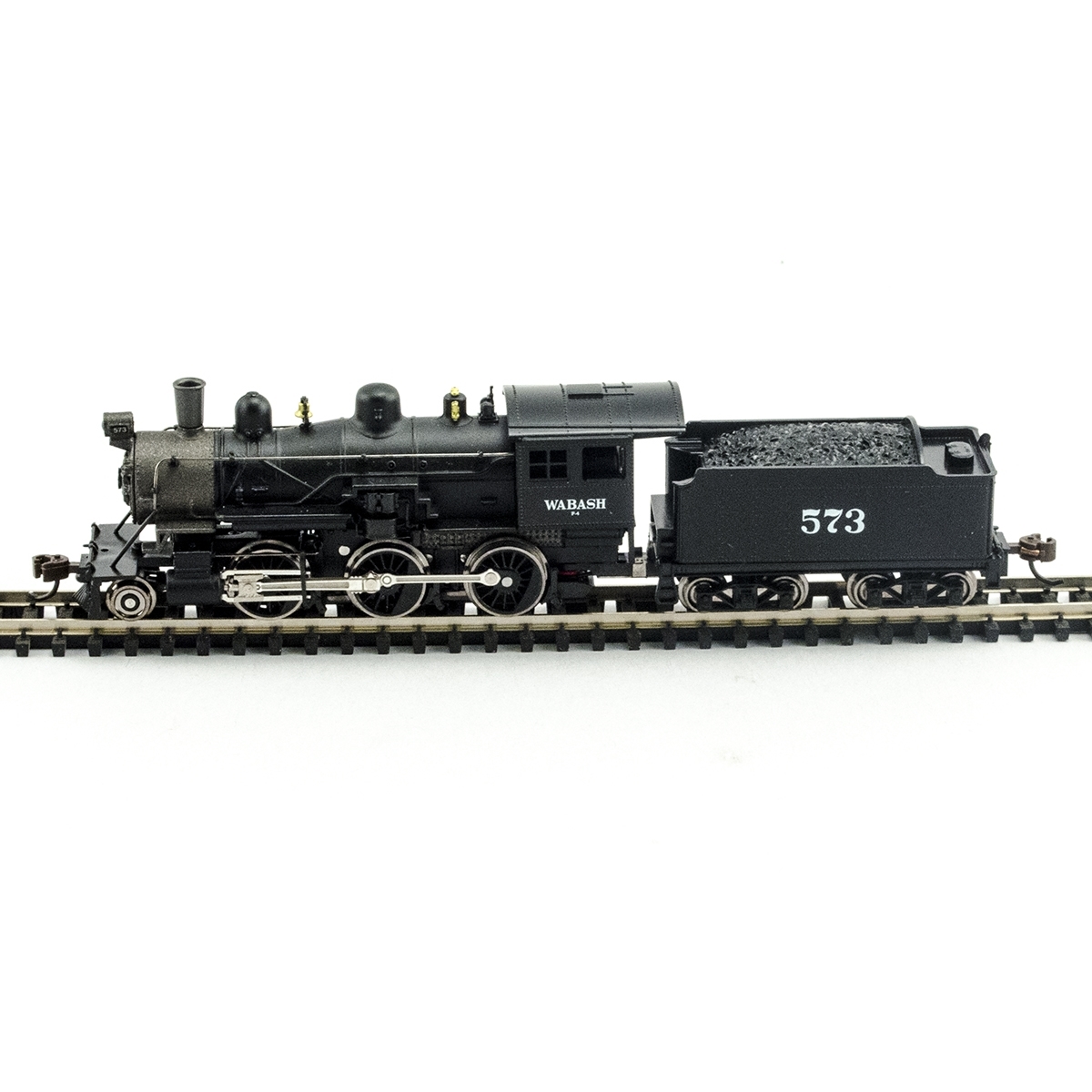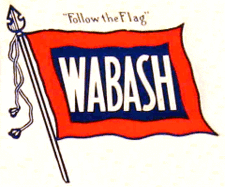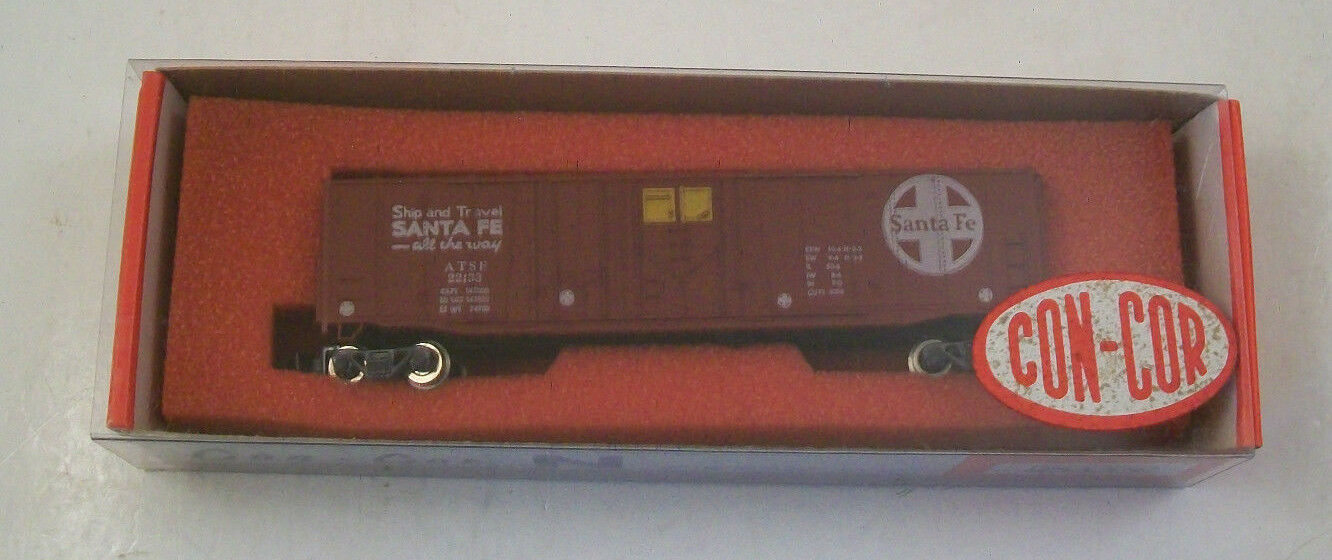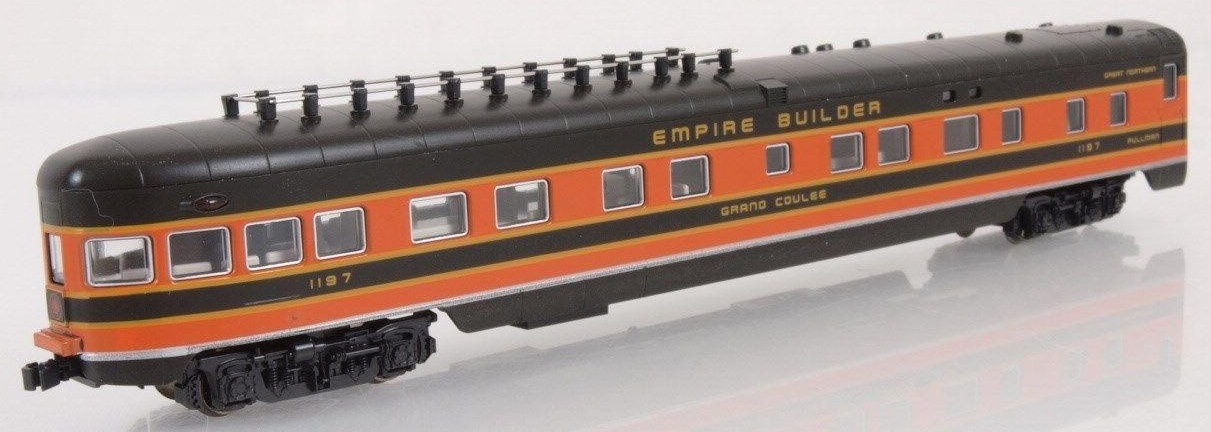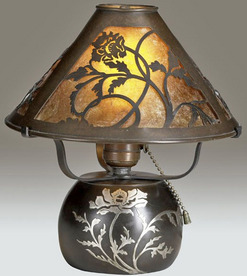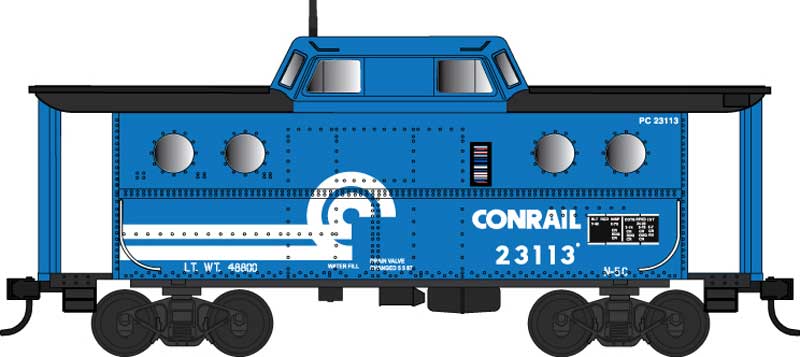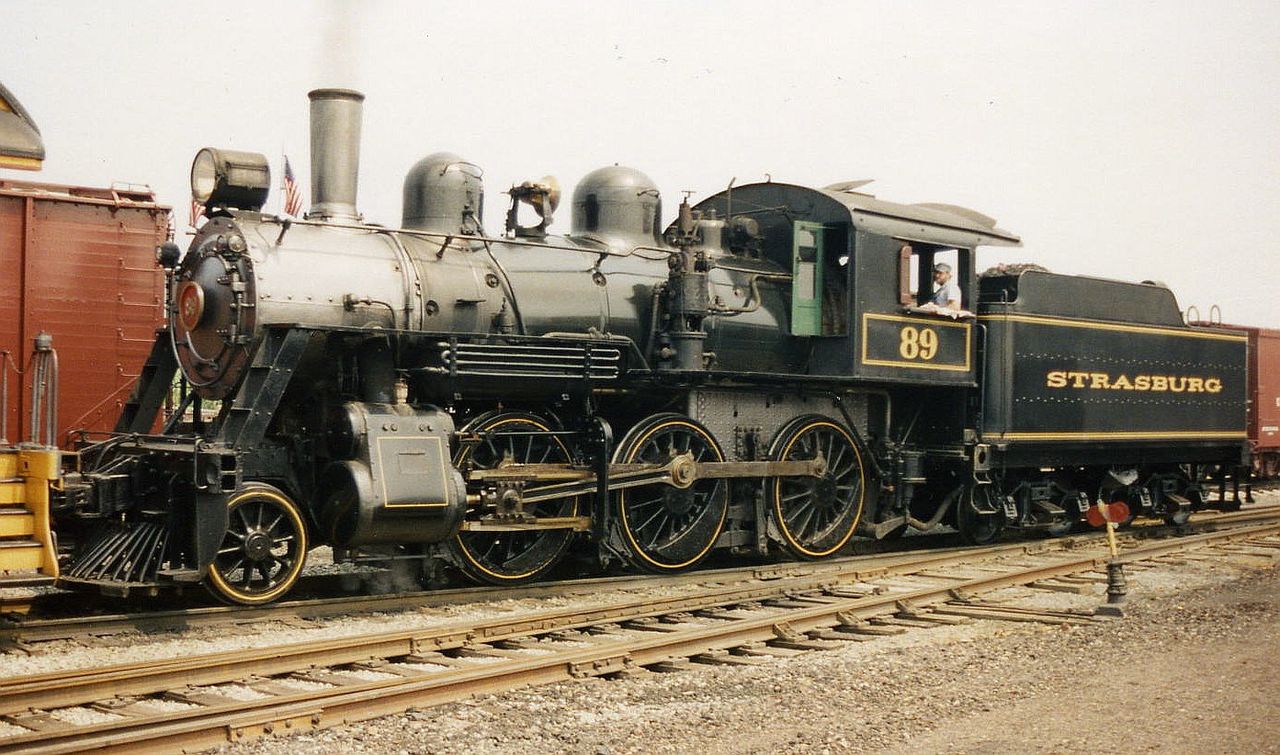Prototype History: Under the Whyte notation for the classification of steam locomotives, 2-6-0 represents the wheel arrangement of two leading wheels on one axle, usually in a leading truck, six powered and coupled driving wheels on three axles and no trailing wheels. This arrangement is commonly called a Mogul.
Although examples were built as early as 1852–53 by two Philadelphia manufacturers, Baldwin Locomotive Works and Norris Locomotive Works, these first examples had their leading axles mounted directly and rigidly on the frame of the locomotive rather than on a separate truck or bogie. On these early 2-6-0 locomotives, the leading axle was merely used to distribute the weight of the locomotive over a larger number of wheels. It was therefore essentially an 0-8-0 with an unpowered leading axle and the leading wheels did not serve the same purpose as, for example, the leading trucks of the 4-4-0 American or 4-6-0 Ten-Wheeler types which, at the time, had been in use for at least a decade.
It is likely that the locomotive class name derives from a locomotive named Mogul, built by Taunton Locomotive Manufacturing Company in 1866 for the Central Railroad of New Jersey. However, it has also been suggested that, in England, it derived from the engine of that name built by Neilson and Company for the Great Eastern Railway in 1879. From Wikipedia
Although examples were built as early as 1852–53 by two Philadelphia manufacturers, Baldwin Locomotive Works and Norris Locomotive Works, these first examples had their leading axles mounted directly and rigidly on the frame of the locomotive rather than on a separate truck or bogie. On these early 2-6-0 locomotives, the leading axle was merely used to distribute the weight of the locomotive over a larger number of wheels. It was therefore essentially an 0-8-0 with an unpowered leading axle and the leading wheels did not serve the same purpose as, for example, the leading trucks of the 4-4-0 American or 4-6-0 Ten-Wheeler types which, at the time, had been in use for at least a decade.
It is likely that the locomotive class name derives from a locomotive named Mogul, built by Taunton Locomotive Manufacturing Company in 1866 for the Central Railroad of New Jersey. However, it has also been suggested that, in England, it derived from the engine of that name built by Neilson and Company for the Great Eastern Railway in 1879. From Wikipedia
Road Name History: Wabash was the product of an 1889 restructuring (under the leadership of Jay Gould) of several railroads centered around the Wabash St. Louis & Pacific. Wabash was unusual in that it evenly straddled the border between “eastern railroads” and railroads west of the Chicago-St.Louis-Memphis-New Orleans border. In the west, Wabash connected Kansas City, Omaha and Des Moines. Heading east from those points, Wabash reached St. Louis, Decatur, and Chicago. Then, clearly in the eastern territory, Wabash reached Fort Wayne, Detroit, Toledo and finally Buffalo. Total length was about 2500 miles. The Detroit to Buffalo line cut though southern Ontario, Canada on Canadian National trackage rights. That route also required a car float operation across the Detroit River. As a result, Wabash’s Buffalo traffic was a fraction of that of competitors Nickel Plate and New York Central. However, Wabash’s Detroit-Kansas City and Detroit-St. Louis service was a force to be reckoned with and well patronized by Michigan’s automakers. The Wabash Cannonball was the name of the daytime passenger run between Detroit and St. Louis. The song of the same name was a hit long before it was ever applied to the train itself. Wabash bought control of the Ann Arbor in 1925 and soon after, Wabash and Delaware & Hudson jointly bought control of the Lehigh Valley (Wabash’s principle connection in Buffalo.) This got the attention of the Pennsylvania Railroad who bought control of Wabash under the auspices of their “Pennsylvania Company” subsidiary in 1928.
As PRR planned their merger with New York Central, it became obvious that they could not take Wabash with them. The first step was to transfer control of Ann Arbor from Wabash to Detroit Toledo & Ironton (also in the Pennsylvania Company family.) Up to that point, Ann Arbor was routinely included in the official Wabash system map. Then PRR arranged for Wabash to be included in the Norfolk & Western-Nickel Plate-Pittsburgh & West Virginia merger that was being planned. PRR didn’t overtly control the N&W but they did have considerable influence over them. The deal was made and the new, larger Norfolk & Western leased the Wabash for 50 years in October of 1964. At that point, Wabash became a paper railroad. They were finally merged out of existence by N&W successor Norfolk Southern in the 1990s.
As PRR planned their merger with New York Central, it became obvious that they could not take Wabash with them. The first step was to transfer control of Ann Arbor from Wabash to Detroit Toledo & Ironton (also in the Pennsylvania Company family.) Up to that point, Ann Arbor was routinely included in the official Wabash system map. Then PRR arranged for Wabash to be included in the Norfolk & Western-Nickel Plate-Pittsburgh & West Virginia merger that was being planned. PRR didn’t overtly control the N&W but they did have considerable influence over them. The deal was made and the new, larger Norfolk & Western leased the Wabash for 50 years in October of 1964. At that point, Wabash became a paper railroad. They were finally merged out of existence by N&W successor Norfolk Southern in the 1990s.
Brand/Importer Information: Founded in the late 1960's by Michael Tager, the 3rd generation business specializes in quality hobby products serving the toy and hobby markets worldwide. During its 50 years of operation, Model Power has developed a full line of model railroading products, die-cast metal aircraft, and die-cast metal cars and trucks.
In early 2014, Model Power ceased its business operations. Its extensive portfolio of intellectual property and physical assets are now exclusively produced, marketed, sold, and distributed by MRC (Model Power, MetalTrain and Mantua) and by Daron (Postage Stamp Airplanes and Airliner Collection).
In early 2014, Model Power ceased its business operations. Its extensive portfolio of intellectual property and physical assets are now exclusively produced, marketed, sold, and distributed by MRC (Model Power, MetalTrain and Mantua) and by Daron (Postage Stamp Airplanes and Airliner Collection).
Item created by: gdm on 2017-05-02 12:56:04
If you see errors or missing data in this entry, please feel free to log in and edit it. Anyone with a Gmail account can log in instantly.
If you see errors or missing data in this entry, please feel free to log in and edit it. Anyone with a Gmail account can log in instantly.


